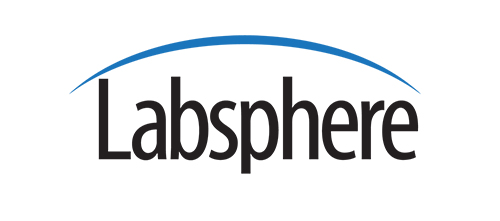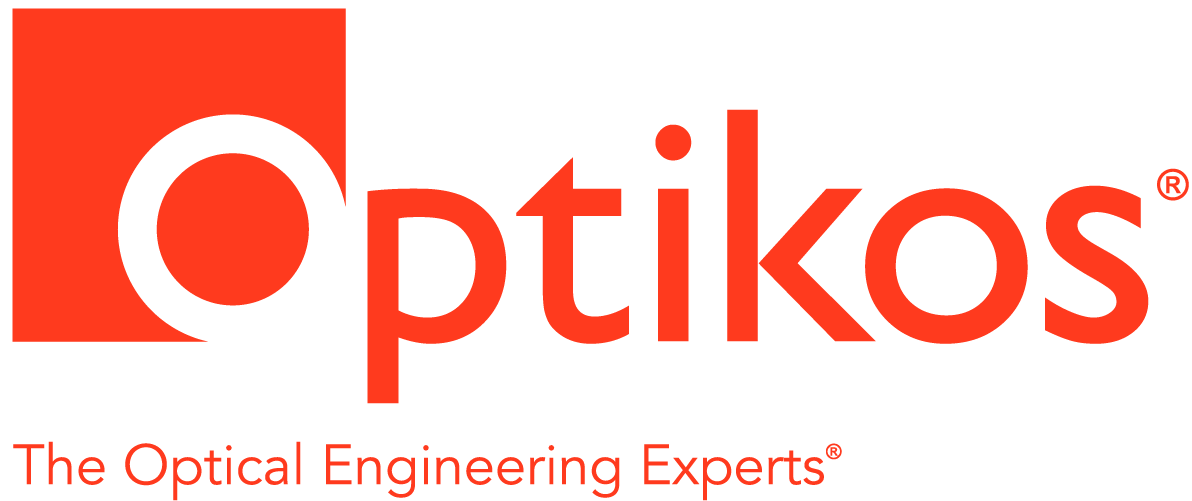Nonlinear Optics at the Nanoscale
Joint Meeting with Boston Chapter, LEOS
We explore nonlinear optical phenomena at the nanoscale by launching femtosecond laser pulses into long silica nanowires. Using evanescent coupling between wires we demonstrate a number of nanophotonic devices. At high intensity the nanowires produce a strong supercontinuum over short interaction lengths (less than 20 mm) and at a very low energy threshold (about 1 nJ), making them ideal sources of coherent white-light for nanophotonic applications. The spectral broadening reveals an optimal fiber diameter to enhance nonlinear effects with minimal dispersion. We also present a device that permits a number of all-optical logic operations with femtosecond laser pulses in the nanojoule range.
Please make reservations online.
Prof. Eric Mazur
Professor Eric Mazur is the Balkanski Professor of Physics and Applied Physics at Harvard University. An internationally recognized scientist and researcher, he leads a vigorous research program in optical physics and supervises one of the the largest research groups in the Physics Department at Harvard University.
After obtaining a Ph.D. degree in experimental physics at the University of Leiden in the Netherlands in 1981, Dr. Mazur came to Harvard University in 1982. In 1984 he joined the faculty and obtained tenure six years later. Dr. Mazur has made important contributions to spectroscopy, light scattering, and the interaction of ultrashort laser pulses with materials.
In 1988 he was awarded a Presidential Young Investigator Award. He is Fellow of the Optical Society of America and Fellow of the American Physical Society, and has been named APS Centennial Lecturer during the Society's centennial year. In 2007 Mazur was appointed Phi Beta Kappa Visiting Scholar. Dr. Mazur has held appointments as Visiting Professor or Distinguished Lecturer at the University of Leuven in Belgium, National Taiwan University in Taiwan, Carnegie Mellon University, and Hong Kong University.
In addition to his work in optical physics, Dr. Mazur is interested in education, science policy, outreach, and the public perception of science. He believes that better science education for all -- not just science majors -- is vital for continued scientific progress. To this end, Dr. Mazur devotes part of his research group's effort to education research and finding verifiable ways to improve science education. In 1990 he began developing Peer Instruction a method for teaching large lecture classes interactively. Dr. Mazur's teaching method has developed a large following, both nationally and internationally, and has been adopted across many science disciplines.
Dr. Mazur has served on numerous committees and councils, including advisory and visiting committees for the National Science Foundation, has chaired and organized national and international scientific conferences, and presented for the Presidential Committee of Advisors on Science and Technology. He serves as consultant to industry in the electronics and telecommunications industry. In 2005 he founded SiOnyx, a company that is commercializing black silicon, a new form of silicon developed in Mazur's laboratory.
Dr. Mazur is author or co-author of 213 scientific publications and 12 patents. He has also written on education and is the author of Peer Instruction: A User's Manual (Prentice Hall, 1997), a book that explains how to teach large lecture classes interactively. In 2006 he helped produce the award-winning DVD Interactive Teaching.
This meeting begins at 6:30 PM Thursday, December 11, 2008 and will be located in the cafeteria at MIT Lincoln Laboratory, 244 Wood Street, Lexington, MA 02420. The meeting is free and open to the public. All are welcome. Prior to the meeting there will be a speaker’s dinner which includes pizza and beverages, and will also be held at Lincoln Labs. The dinner will begin at 5:30 PM and is open to all attendees. For more information: contact Farhad Hakimi, Chair, Central New England LEOS Chapter at This email address is being protected from spambots. You need JavaScript enabled to view it., or visit the IEEE website at http://www.ieeeboston.org .
Location: MIT Lincoln Laboratories
Directions:
244 Wood Street
Lexington, MA 02420
Directions to MIT Lincoln Laboratory: (from interstate I-95/Route 128)
From Exit 31B
Take Exit 31B onto Routes 4/225 towards Bedford - Stay in right lane
Use Right Turning Lane (0.3 mile from exit) to access Hartwell Ave. at 1st Traffic Light.
Follow Hartwell Ave. to Wood St. (~1.3 miles).
Turn Left on to Wood Street and Drive for 0.3 of a mile.
Turn Right into MIT Lincoln Lab, at the Wood Street Gate.
From Exit 30B
Take Exit 30B on to Route 2A - Stay in right lane.
Turn Right on to Mass. Ave (~ 0.4 miles - opposite Minuteman Tech.).
Follow Mass. Ave for ~ 0.4 miles.
Turn Left on to Wood Street and Drive for 1.0 mile.
Turn Left into MIT Lincoln Lab, at the Wood Street Gate.
To get to the Cafeteria, proceed toward the Main Entrance of Lincoln Laboratory. Before entering the building, proceed down the stairs located to the left of the Main Entrance. Turn right at the bottom of the stairs and enter the building through the Cafeteria entrance. The Cafeteria is located directly ahead.



